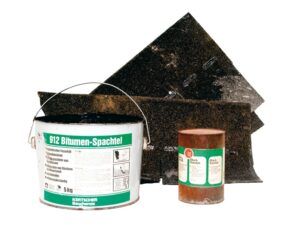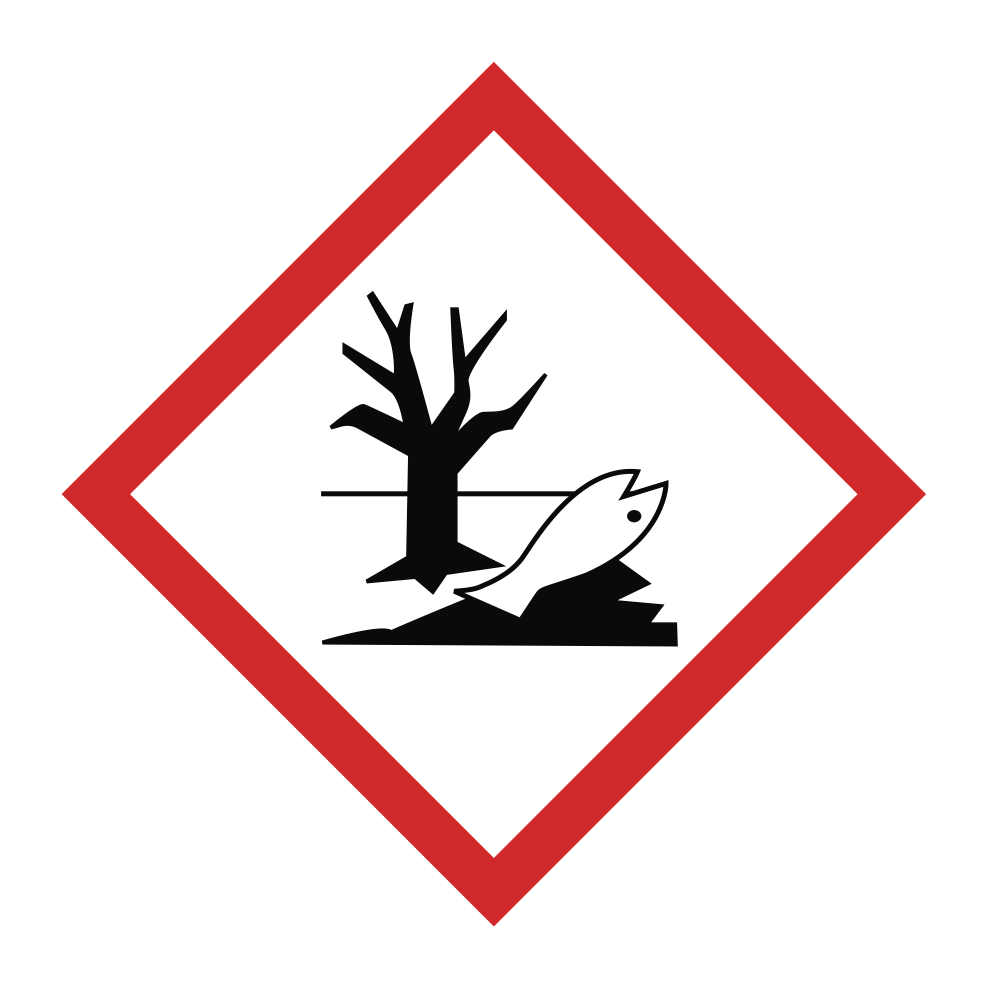Bituminous waste and products containing tar

In the recent analysis of residual waste carried out in 2022, not insignificant quantities of bitumen residues and roofing felt were found. Extrapolated for the entire year, this amounted to almost 42 tonnes in Luxembourg.
However, these products do not belong in the residual waste, because bitumen, with which roofing felt is glued and which is often also used for insulation/building protection, can be harmful to health and must therefore be handled with care.
It also cannot be ruled out that the products contain tar. Unlike bitumen, tar is not obtained from petroleum, but from the pyrolysis of hard coal. It is carcinogenic and has a high pollutant potential. Tar has therefore not been allowed to be used for many years. It may still be present in older buildings, where it was mainly used as an adhesive for floor coverings, wood impregnation and waterproofing, but also as roofing felt containing tar. Tar and bitumen cannot be easily distinguished visually.
Roofing felt, bitumen residues, buckets with bitumen residues and products containing tar must therefore be disposed of via the SuperDrecksKëscht.

Direct contact with the products should be avoided during handling and transport. For this purpose, appropriate safety measures should be applied for packaging and transport:
- Wear gloves, as well as long-sleeved and dirt-repellent clothing.
- If possible, use a mouth guard (e.g. FFP2 mask).
- Then pack the products in a tight plastic bag.
- Dispose of roofing felt, bitumen waste and similar products via SuperDrecksKëscht mobil or at the Resource Centre.
- Since it cannot be ruled out that the products contain tar, they should be handled with the utmost care.
- Take care during packaging and transport
- Before laying new roofing felt, the old roofing felt should be removed and disposed of properly.
These go to the recycling enterprise Recyfuel in the substitute fuel production for the cement industry. In this way, they are sensibly utilised for energy. The high temperatures in the cement industry also ensure that no pollutants are released into the environment.
Disposal of bitumen residues, hazardous packaging with bitumen and waste containing tar:
These go to the waste management company Indaver and are treated there in a high-temperature incineration plant in such a way that no pollutants are released.
Important danger warnings

The dead tree and fish for substances dangerous for water

Bituminous waste and products containing tar
In the recent analysis of residual waste carried out in 2022, not insignificant quantities of bitumen residues and roofing felt were found. Extrapolated for the entire year, this amounted to almost 42 tonnes in Luxembourg.
However, these products do not belong in the residual waste, because bitumen, with which roofing felt is glued and which is often also used for insulation/building protection, can be harmful to health and must therefore be handled with care.
It also cannot be ruled out that the products contain tar. Unlike bitumen, tar is not obtained from petroleum, but from the pyrolysis of hard coal. It is carcinogenic and has a high pollutant potential. Tar has therefore not been allowed to be used for many years. It may still be present in older buildings, where it was mainly used as an adhesive for floor coverings, wood impregnation and waterproofing, but also as roofing felt containing tar. Tar and bitumen cannot be easily distinguished visually.
Roofing felt, bitumen residues, buckets with bitumen residues and products containing tar must therefore be disposed of via the SuperDrecksKëscht.

Direct contact with the products should be avoided during handling and transport. For this purpose, appropriate safety measures should be applied for packaging and transport:
- Wear gloves, as well as long-sleeved and dirt-repellent clothing.
- If possible, use a mouth guard (e.g. FFP2 mask).
- Then pack the products in a tight plastic bag.
- Dispose of roofing felt, bitumen waste and similar products via SuperDrecksKëscht mobil or at the Resource Centre.
- Since it cannot be ruled out that the products contain tar, they should be handled with the utmost care.
- Take care during packaging and transport
- Before laying new roofing felt, the old roofing felt should be removed and disposed of properly.
These go to the recycling enterprise Recyfuel in the substitute fuel production for the cement industry. In this way, they are sensibly utilised for energy. The high temperatures in the cement industry also ensure that no pollutants are released into the environment.
Disposal of bitumen residues, hazardous packaging with bitumen and waste containing tar:
These go to the waste management company Indaver and are treated there in a high-temperature incineration plant in such a way that no pollutants are released.






